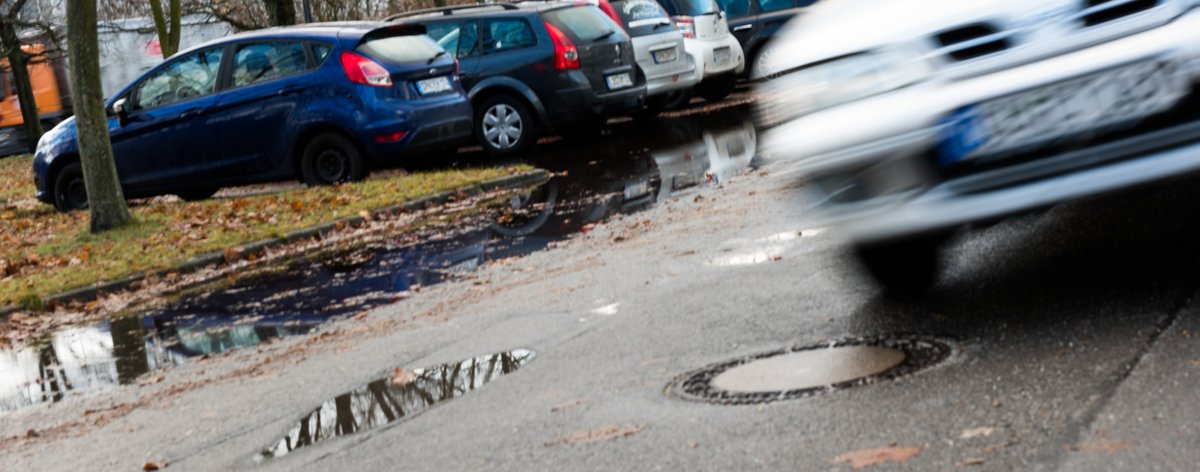Rapid and economic refurbishing Technology in Road Construction
Composite materials are part of an innovative technology for refurbishing concrete pump shafts of sewage treatment plants
Concrete pump shafts are located below the rainwater inlets in road construction, the gullies. The vehicles driving across them every day create a mechanical pressure that leads to cracks, leaky shaft joints and corrosion over time. The refurbishment of existing concrete pump shafts is not an easy task. Repairs have been impossible so far without dismantling the shaft and performing cost-intensive excavation work in the road area. The risks from harmful emissions for the persons doing this is not inconsiderable.
In a new project around Prof. Dr.-Ing. Holger Seidlitz, scientists are now working on the development and design of an innovative manufacturing process for concrete pump shafts. The scientists of the Department of Lightweight Construction with Structured Materials aim to develop a flexible technology that is considerably cheaper and more effective than established refurbishment measures. The damaged shaft is three-dimensionally measured and the damage assessed in a multi-stage process. Lausitzer Klärtechnik GmbH then creates a self-supporting sandwich construction on the basis of these data.
The composite consisting of core- and top-layers as well as an application-specific resin is inserted into the shaft. The advantage of the fibre composite technology: the construction is watertight, flexible and inexpensive all at the same time. The developed construction concept also enable pump shafts to be repaired in cold seasons for the very first time. "The materials can be processed on site at low temperatures. We are integrating an active monitoring of the inner supporting shaft envelopes to enable the initiation of preventive repairs as soon as the first damage appears. This helps to avoid a total failure and further costly repairs, but also a contamination of the soil", comments the scientist. "The precisely pre-fabricated components enable repairs within just one day where several weeks were required beforehand." The technology can be transferred to water treatment plants and septic tanks, but also to biogas systems.
Project partner is Lausitzer Klärtechnik GmbH. The project entitled "Season-independent structural refurbishment of existing concrete shafts using novel fibre composite technologies and structural health monitoring concept" is funded by the Federal Ministry for Economic Affairs and Energy with a sum total of 180,000 euros over a period of two years as part of its Central SME Innovation Programme.

